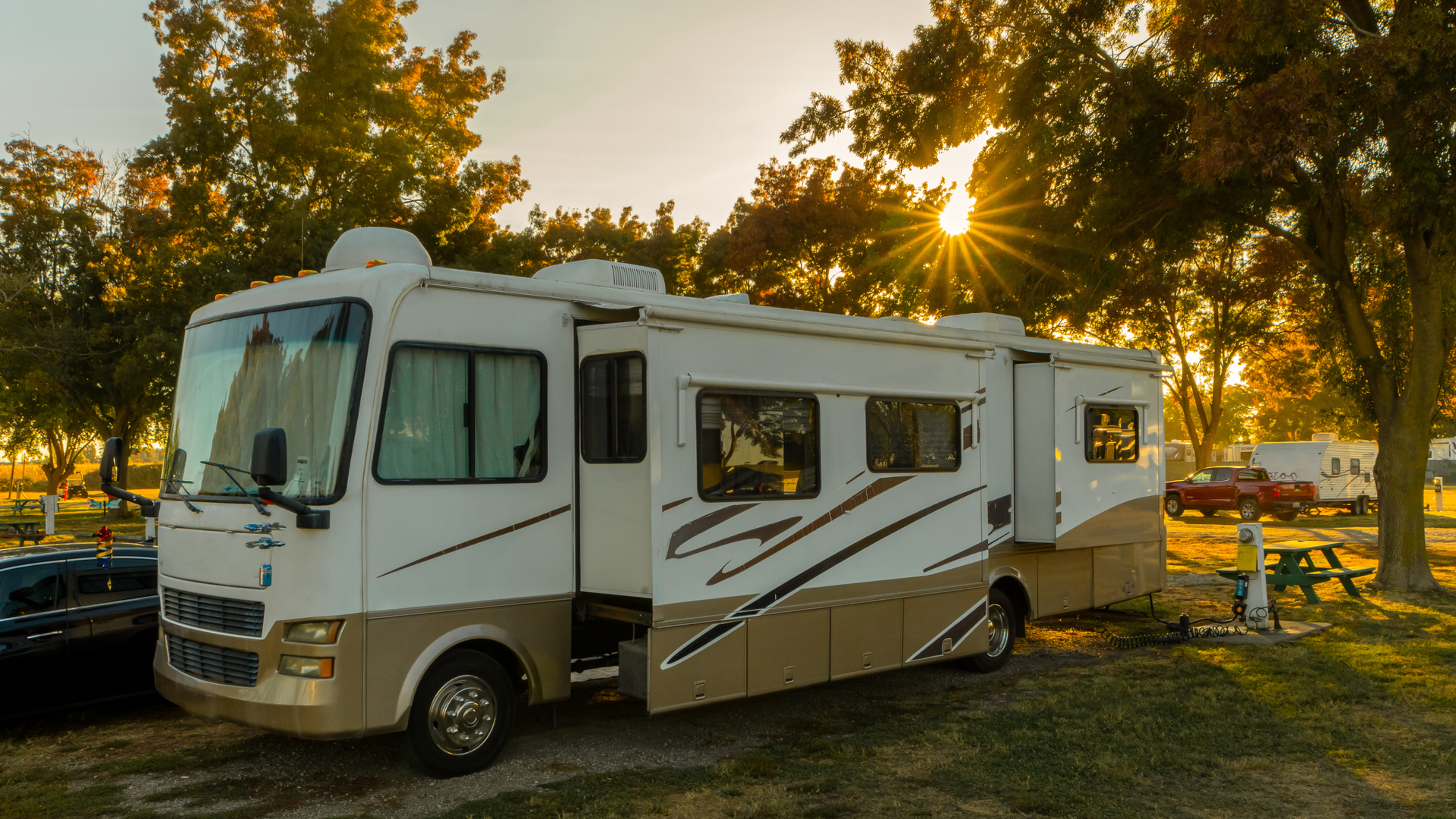The Leadership Cost of Bad Housing Decisions
In a tight U.S. construction labor market, your housing decisions say as much about your leadership as your look‑ahead schedules and safety talks. Crews do not separate living conditions from job conditions. When housing is cramped, far from the site, unreliable, or constantly changing, trust erodes, productivity falls, and the best people quietly start planning their exit. That is the real leadership cost of bad housing decisions: credibility goes first, then output, then retention. This article brings together current data and what crews themselves are saying to show why housing should be treated as a strategic input, not an afterthought. The core idea is simple and tough to ignore: poor choices damage your credibility and crew trust, and the solution is to adopt clear standards and resilient procurement that put sleep, reliability, and proximity first.
Why bad housing damages credibility and crew trust
Crews judge leaders on the lived experience between shifts. If the lodging you approve turns into noise complaints, surprise cancellations, or mid‑project moves, the story on site becomes that leadership cannot control the basics. Public host forums and travel communities have been filled this year with cancellation headaches and policy churn. Airbnb’s own help pages confirm policy changes that make guest cancellations more flexible starting October 1, 2025, including a universal 24‑hour free cancellation window for stays under 28 nights and the phase‑out of the “Strict” policy for new listings. That is good for leisure travelers, but for project housing it increases volatility unless you plan for it.
Real people are feeling the turbulence. In Reddit threads from 2025, hosts and guests report more cancellations and tougher dynamics; one host summarizes it as “Strict is going away… and all policies now allow free 24‑hour cancellation,” while a traveler describes a host canceling to grab a longer booking, leaving them with higher last‑minute prices. There are also recent posts where hosts ask guests to cancel due to new rules or building maintenance. When crews are the travelers, this chaos becomes your chaos, and every scramble to rebook is a public hit to your authority with the team. The lesson is not to vilify platforms, but to treat booking volatility as a known risk that must be engineered out of your housing plan.
The hidden safety and productivity tax of poor sleep and long commutes
Sleep drives safety. NIOSH’s fatigue research center and recent NIOSH communications emphasize how fatigue impairs focus, reaction time, and decision making. In 2025, NIOSH reiterated that work injuries and illnesses impose massive economic costs nationwide, which is another way of saying fatigue has bottom‑line consequences. When housing choices undercut sleep, you are paying a safety and productivity tax every shift.
Distance matters, too. A September 2025 study summarized by ScienceDaily found that longer commutes significantly increase insomnia and daytime sleepiness; smaller, tighter housing also correlated with worse sleep. In construction, “commute creep” often pushes crews 45–60 minutes from the site after the first booking falls through. That is not neutral. Add summer heat and you magnify the risk: CPWR’s August 2025 Data Bulletin details heat‑related illnesses and injuries among construction workers and underscores the need for prevention. In practice, strong housing means shorter drives, climate‑controlled spaces that actually cool, and quiet bedrooms that let workers recover. If your lodging choices impose long drives and thin walls, you will see it the next morning in mistakes, rework, and incident rates.
Turnover and delays: the financial hit leaders invite
Construction cannot afford unforced errors on retention. Associated Builders and Contractors estimate the industry must attract about 439,000 net new workers in 2025 just to meet demand. The Associated General Contractors reported in August 2025 that 92% of firms struggle to hire, with 45% saying shortages are causing project delays. The Bureau of Labor Statistics also reported a jump of +56,000 quits in construction in August 2025. In a market like this, when poor housing accelerates burnout or pushes people to quit, the cost shows up fast in schedule slip, overtime, recruiting scramble, and more rework.
How big is the price tag when housing decisions cascade into fatigue, incidents, and churn? The National Safety Council’s latest Injury Facts estimate the total cost of work injuries at $176.5 billion for 2023. AFL‑CIO’s 2025 “Death on the Job” report places the broader annual cost of job injuries and illnesses between $174 billion and $348 billion. While these figures span all sectors, construction routinely carries above‑average risk, and every superintendent knows the local math: a single lost‑time injury can consume weeks of margin, and replacing a skilled worker can take months. Even conservative HR analyses place replacement costs in the high five to low six figures for skilled roles once recruiting, training, and lost productivity are tallied. If your housing choices contribute to fatigue, long commutes, or constant relocations, those are leadership‑controllable cost drivers.
From risk to resilience: a practical housing playbook for construction managers
This is the part most leaders miss: excellence in housing is not luxury, it is risk management. Treat it like you treat critical path and quality control. Here is a practical framework you can apply on your next mobilization to make “housing for construction managers” a repeatable win.
- Sleep first. Lock in private sleeping quarters wherever possible, especially for supervisors, night shift, and safety‑critical tasks. Sleep medicine surveys show many adults change sleeping arrangements to improve rest, and the stroke of a pen can protect your crew’s sleep hygiene better than any pep talk. A single room per person is the gold standard for fatigue management.
- Commute caps. Cap daily round‑trip at 40–60 minutes with an exception process only for true outliers. The 2025 commute study linking longer drives to insomnia is the data‑backed reason to prioritize proximity. If advertised listings are “20 minutes to site,” verify with real‑world drive tests at shift start. Every extra mile is a hidden tax on alertness.
- Climate and quiet. Specify HVAC that can actually hold temperature during heat waves. CPWR’s 2025 heat bulletin should be your cue to require safe, cool sleeping environments and shaded exterior areas when on‑site welfare units are used. Add quiet hours to house rules and choose properties with real walls and doors, not lofts or studios masquerading as two bedrooms.
- Real kitchens and laundry. Full‑size refrigerators, stoves, and in‑unit laundry reduce food and time costs and help crews recover. These are small line items that buy back sleep and reduce late‑night food runs.
- Signal with standards. Publish your housing standards in the mobilization pack so crews see that leadership has put privacy, commute time, and reliability in writing. It is a credibility builder before the first bucket drops.
Where our service fits: as a specialized provider, we can remove most of this friction. Our team focuses on turnkey, home‑like housing near the job site, with a single invoice to simplify cost control. Our site stresses proximity, predictability, and affordability, and we routinely deliver 25–35% savings compared to traditional hotels while matching the standards above. Recent articles on our site lay out why temporary accommodations designed for crews lift morale and cohesion, and how a crew‑first housing model reduces rebooking drama. If you have ever lost a day to a mid‑stay cancellation or a last‑minute move, you know how visible that failure is to your craft professionals. Our role is to keep your name out of those stories.
Housing is not a perk. It is a leader’s statement about what matters. In 2025, with quits up, hiring tight, and heat and fatigue risks rising in many U.S. markets, bad housing decisions are a direct hit to credibility and delivery. Crews are watching. They read the same guest‑friendly cancellation updates you do, they scroll the same host forums, and they draw their own conclusions when a booking falls apart or the drive quietly stretches from 18 minutes to 55. The fix is not complicated, but it does require standards, enforcement, and partners who live in this space daily. Put sleep first, cap commutes, specify climate and quiet, and engineer booking resilience. Do those things and you will feel it on the line: fewer mistakes, steadier output, calmer mornings, and a crew that believes you have their back. That is what good housing buys a construction manager.
Need crew‑first housing near your next site?
Contact us to source reliable, turnkey accommodations that protect sleep, reduce rebooking risk, and keep your schedule on track.













